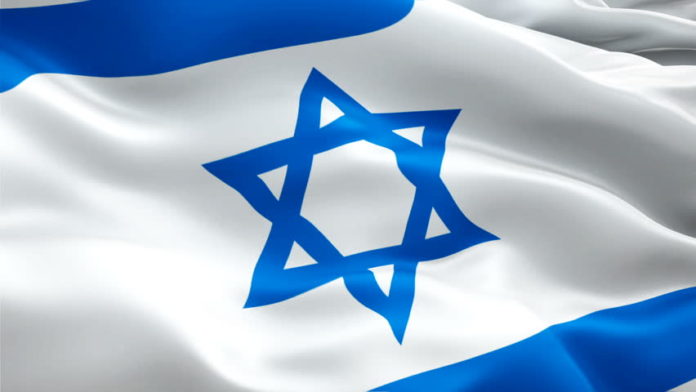
Just like any other religion and culture, Jewish one also has numerous important symbols that have distinct meanings. Throughout history, these have changed, but nowadays there are some that are specifically associated with Jewish tradition. You are probably familiar with most of these, but on the other hand, it is possible that there are some that are unknown to you. In the following text, we discuss some of these emblems and explain their meaning to you.
Firstly, we are going to start with the one that is known by people all around the world – The Star of David. In the original Hebrew, it is called Magen David which means the ‘Shield of David”. This six-pointed star consists of two equilateral triangles. During ancient times it had no special meaning, but in the Middle Ages, it became associated with Jews, although it didn’t hold any religious significance.

However, in the 17th century, the Star of David was used as an official symbol and that is when it became a general sign of Judaism. According to some belief, this star represents the unity between God and the real world (the top three points aim towards God and the lower ones towards the real world). Even though it is a fairly new symbol in this culture, nowadays it is represented on the flag of Israel, as well as on synagogues and tombstones.
Although it is common in numerous cultures, the Hamsa hand is thought to be a good luck charm by Jews. This amulet features a right palm and includes an eye in the middle. An open right hand symbolizes not only the protection against the evil eye but also good luck and fortune. This symbol is usually used for jewelry pendants or it can be seen on wall decorations. Nowadays, this emblem is much respected among Jews and it is also considered to be a symbol of Israel together with the Star of David.
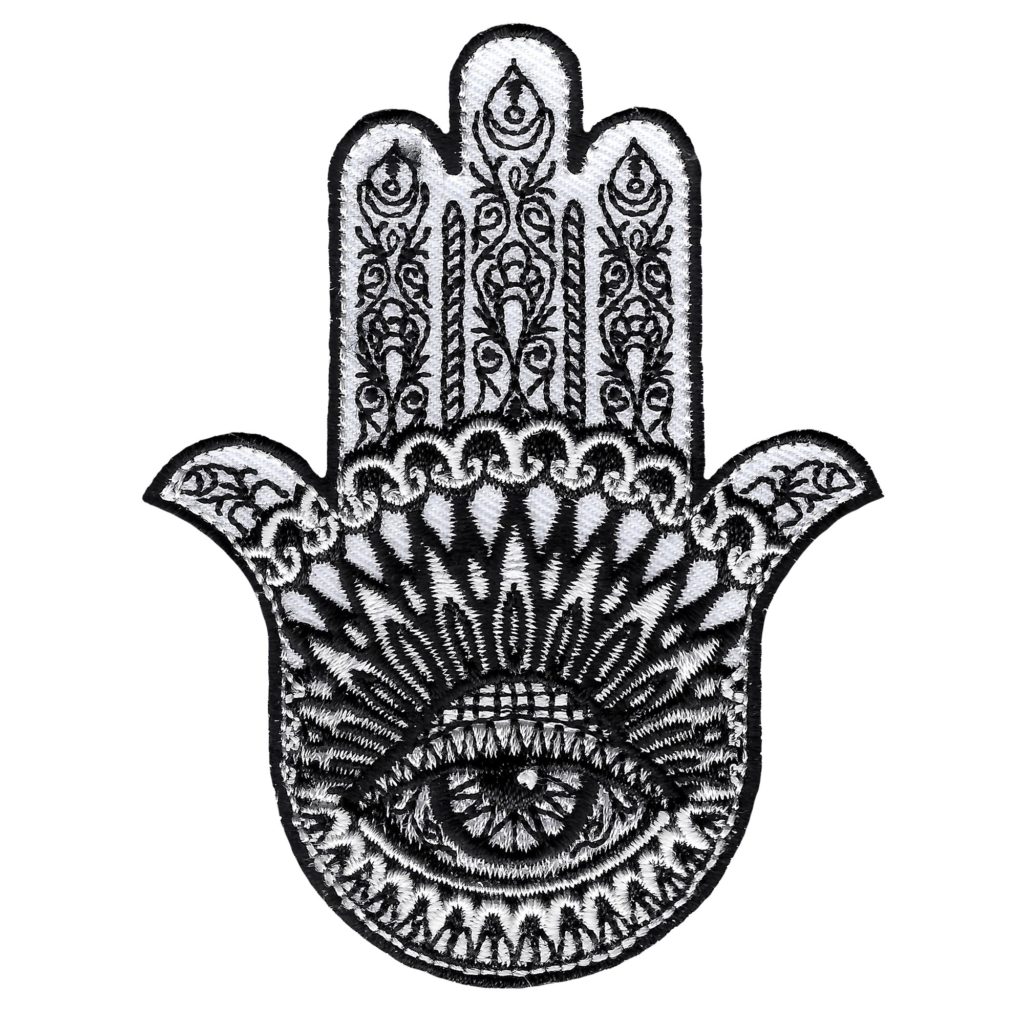
Besides these two symbols, another extremely popular one is chai. In Hebrew, it literally means ‘life’, ‘alive’ or ‘living’ and it symbolizes the value of it. Since the two symbols have a numerological value of 18 this number is considered to stand for good luck in Jewish cultures.
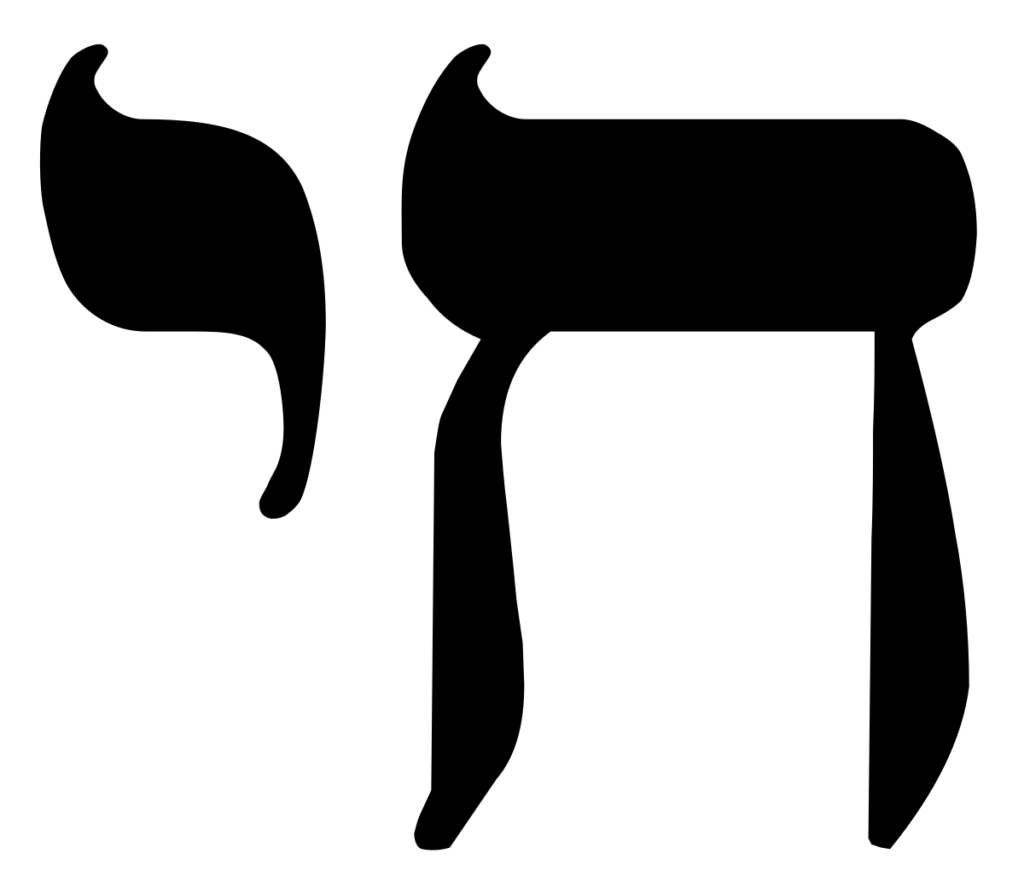
Because of this, Jews usually give presents in the multiples of 18 meaning that they are gifting good luck and fortune. Nowadays, this sign is most popularly used as a pendant, but it can also be seen on T-shirts, mezuzahs, prayer shawls, paintings, and other artwork.
Furthermore, we have to mention two symbols that are featured of the emblem of Israel – a menorah and an olive branch. The former one is the seven-branched candelabrum known as the Temple Menorah. It was made out of pure gold and used by Moses to light up the path of Jews on their exile from Egypt. The six branches stand for human knowledge, while the seventh one, which is elevated, represents God.

Also, it can symbolize the creation of the world in seven days, while the central one illustrates Sabbath. Today, Jews use the nine-branched menorah during the holiday of Hanukah which is created based on this original one.
When it comes to the olive branch, it symbolizes peace in almost all cultures all around the world. There is also another reason why it is displayed on the coat of arms of Israel. According to the belief, Moses used olives i.e. olive oil to light up the menorah during the journey through the desert.
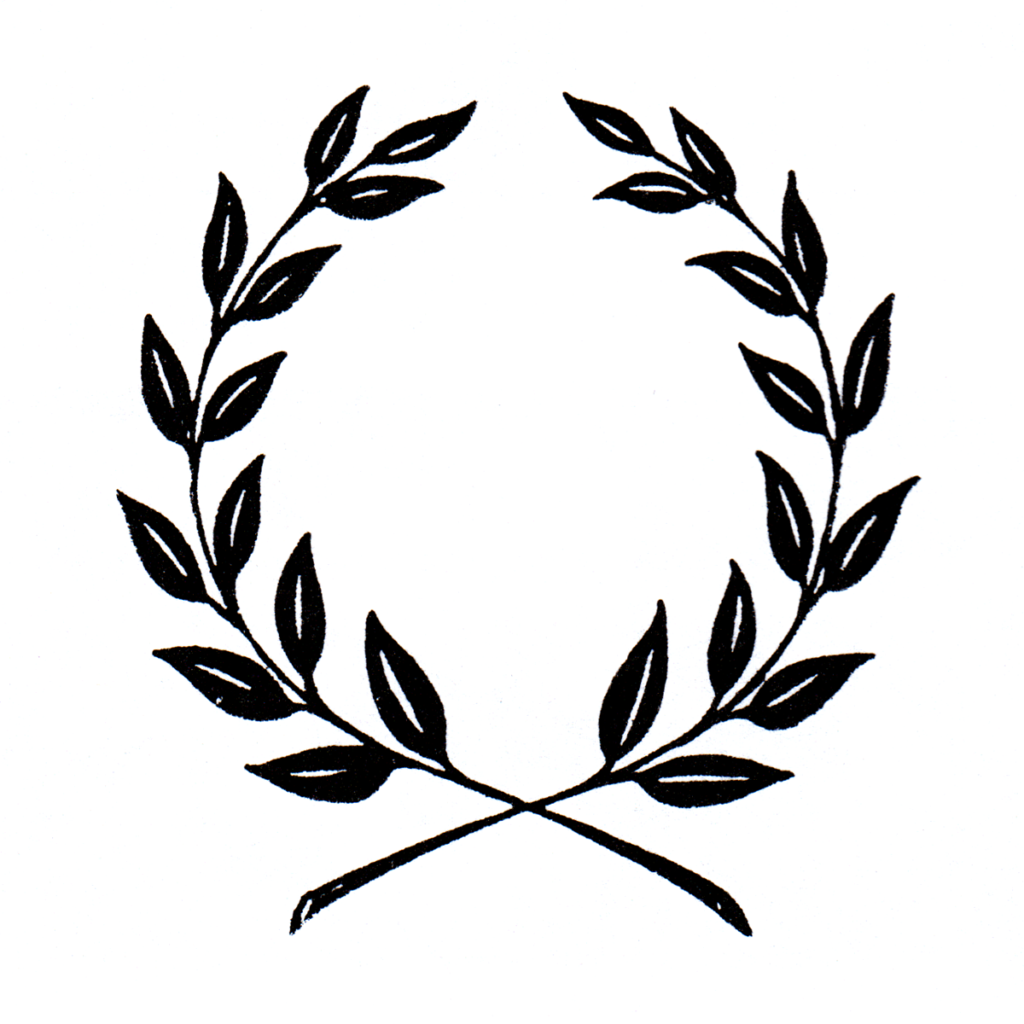
Moreover, we have to mention another emblem that can often be seen on synagogues, hospitals, Jewish chaplains’ uniforms. It is the representation of two stone tablets (“Tablets of The Law”) where the Ten Commandments were inscribed. This symbol is a reminder for them to live according to God’s will.

The tablets usually include either the first letters of the Hebrew alphabet or the first few words of each of the commandments. Even though these tablets are presented to be of round shape, Talmudic tradition says that they were in the shape of a cube and made of sapphire.
In addition, a symbol that is used as the official logo of Yeshiva and other educational institutions is an open Torah scroll. This hand-written parchment document consists of the Five Books of Moses. It is believed that 600,000 letters represent 600,000 Jews. The meaning of this logo is that the document should not be hidden but instead opened, read, and studied by every Jew.
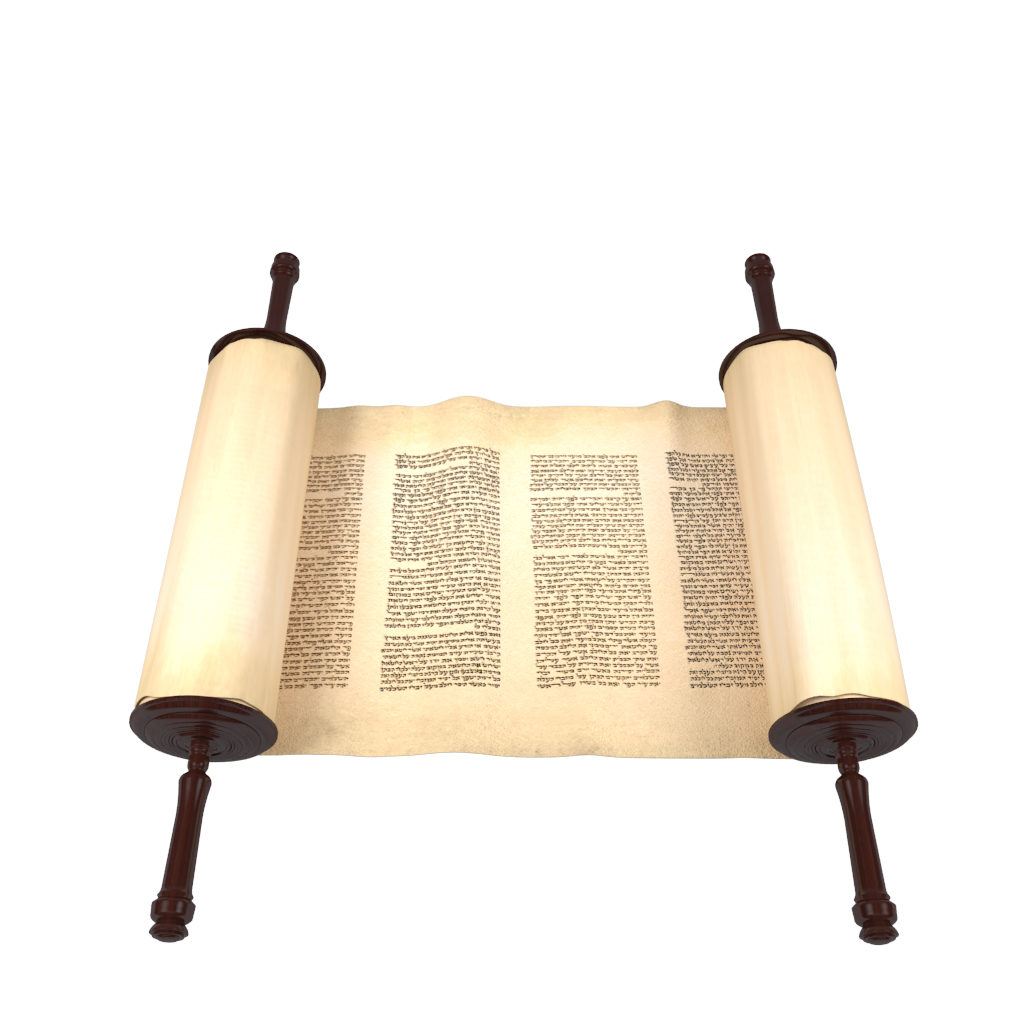
While on the subject of the Torah scroll, we are going to discuss the decoration of its cover. Here, we can see lions and oftentimes eagles. A lion is a symbol of the Judah tribe which birthed great kings such as Solomon and David, and also the Messiah. Also, according to David, they must be “lighter than eagles and stronger than lions”.
Another popular symbol that is associated with the celebration of the holiday of Hanukkah is the Dreidel. This is actually a four-sided spinning toy that children play with during this holiday. There are four Hebrew letters inscribed on each side of it, and those letters are Nun (nothing), Gimel (all), Hei (half), and Shin (put in) which are used as instructions when playing the game.
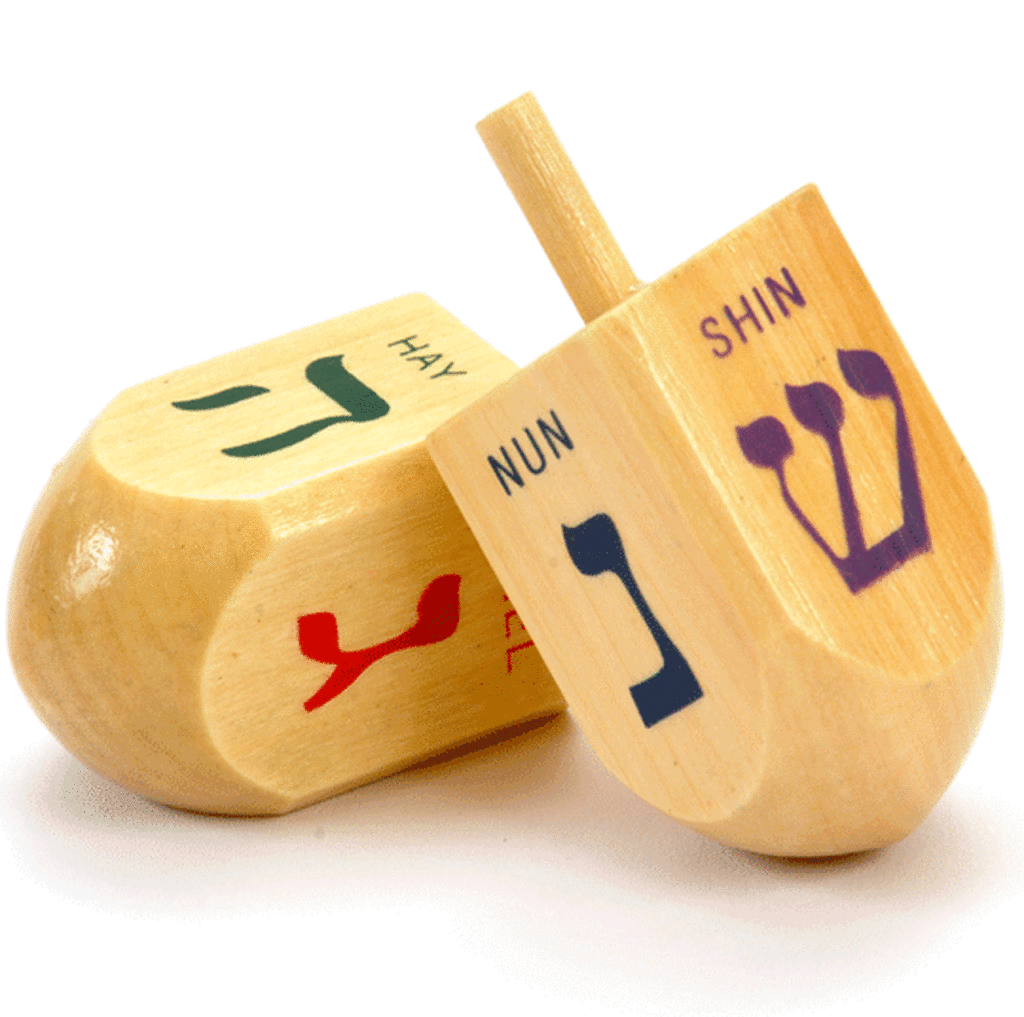
In addition, it is thought that these letters actually represent the acronym for ‘nes Ggadol haya sham’ which means ‘a great miracle happened there’ which is, therefore, a perfect representation of the Hanukkah.
Finally, we are going to introduce you to mezuzahs, which are one of the earliest objects in the Jewish culture. It is located at your doorstep and this is the first thing people see when they enter your house. It is certainly an essential item to have, and if you lack one, make sure to click here and get it.
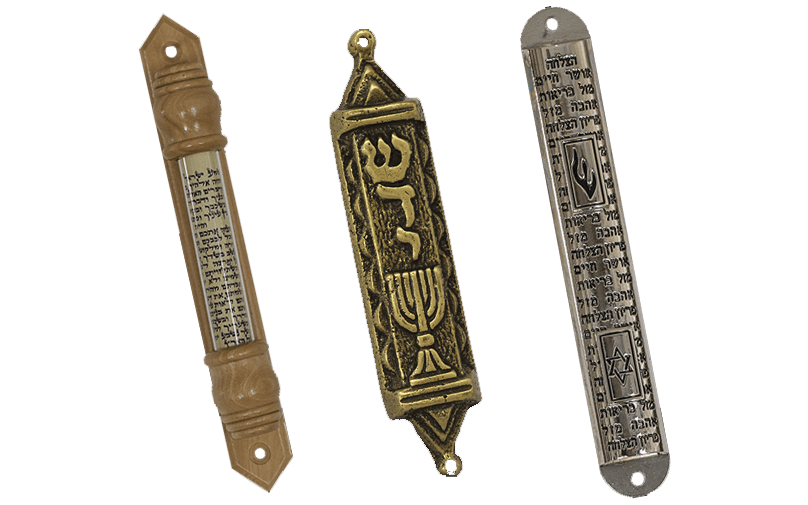
To sum up, in this article we have tried to make a list of emblems that are specific for Judaism and that are more or less know by people all around the world. As you can see, some of these originate from ancient times, while others were created not so long ago.
If you want to see all these items live, you can visit them on a “Machane Yehuda” market in Jerusalem. To visit this wonderful place and learn more about this culture visit this website.
















